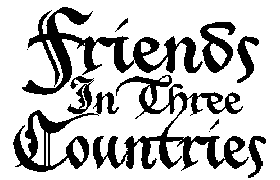
Friends In Three Countries
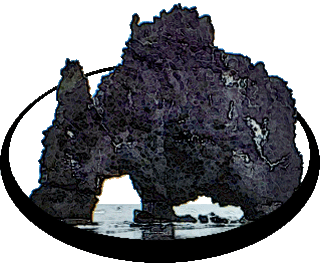

6 October 2017
The North Atlantic Arc Home
| September | /October/ | November |
| S | M | T | W | T | F | S |
| 24 | 25 | 26 | 27 | 28 | 29 | 30 |
| 1 | 2 | 3 | 4 | 5 | 6 | 7 |
| 8 | 9 | 10 | 11 | 12 | 13 | 14 |
| 15 | 16 | 17 | 18 | 19 | 20 | 21 |
| 22 | 23 | 24 | 25 | 26 | 27 | 28 |
| 29 | 30 | 31 | 1 |
 |
|
Friday 6 October 2017--We are headed to Vestmannaeyjar, the Westman
Islands, today. Normally there are three ferry crossings daily (more in summer),
and we were originally booked on the evening one, arriving at around 9:00pm.
Having rerouted, we are not making the long drive from Höfn, so I rebooked us
for the midday ferry, happy to have a few more hours on the islands. Yesterday I
received a message from the ferry company stating that the midday ferry would
not run, due to expected rough weather. We've been shifted to the morning run.
So we are up and out before dawn, which isn't all that early this time of year, but
is a lot earlier than we've been getting up. The rising sun peeks briefly at us
under the cloud blanket, the last we will see of it, as we make the two-hour drive,
through Selfoss, to the little harbor at Landeyjahöfn. We arrive well ahead of
departure time. There is nothing there but the ferry terminal itself--this harbor
was built in 2010 to replace the one at Þorlákshöfn, fifty miles west, shortening
the crossing from almost three hours to less than one.
Normally I like to take a ferry crossing on an outside deck, if weather permits, or in a forward lounge with a window if it doesn't. Given the early start and the rough seas, I'm content to find a place to stretch out and close my eyes. I don't sit up again until we are pulling into the narrow harbor at Heimaey, bound on its northern edge by a jagged ridge of rugged hills. The name, which applies to both the main island and the town, means "home island". The Icelandic Book of Settlement dates Norse settlement of Iceland to the year 874, when Reykjavík was founded by Ingólfur Arnarson. While Ingólfur was first exploring the coast in this area, his brother, Hjörleifur, was murdered by his Irish slaves, who fled to these islands. Ingólfur tracked them down and killed them all. The Irish were called westmen by the Norse, since Ireland was, up until then, the western edge of the known world. These, then, were called the Westman Islands. Herjólfur Bárðarson is said to have been the first Norse settler here, building his farm in Herjólfsdalur in about 900. There are some who claim archeological evidence suggesting that Irish monks and hermits were here a century earlier. Conversation with actual archeologists has led me to believe that there is an Irish cult of St Brendan who see what they want to see. We drive through the town, up and down and back and forth, trying to get a sense of what's here. It's the fifth-largest town in Iceland outside the capital region, with a population of about 4300--not all that big, really, and our reconnaissance doesn't take long. We park and search for our hotel on foot. My memory map fails me, and it takes longer than it should. I don't really mind; I'm happy to wander around half lost. Marc's patience with my aimlessness has its limits. He asks in a shop, just as I spot it on my own. We check in and get settled. Lunch, a bit late, is at Fiskibarinn. [Link is to a very interesting blog post by a photographer named Andrew Hill.] After, Marc chooses to relax in the room. I don't blame him--it's a very dark and blustery day, and we have all day tomorrow here, our early arrival today a bonus. Nevertheless, I decide to go for a walk. End up walking down past the football pitch and the golf course to the campground in Herjólfsdalur. I'm propelled by the strong east wind, and know I will have to push against it, uphill, on the way back. Herjólfsdalur is surprisingly calm, well sheltered by a steep bowl. Not surprisingly, there is no one camping here now. I very much doubt anyone is on the golf course, either. Back in town, I stumble into a huge second-hand shop. Poking through the aisles of used furniture, clothing, housewares, toys, knick-knacks, religious figurines, hardware, hopelessly out-of-date electronics, and who knows what else, I get to thinking about the ecology of discarding things here. There is no landfill on such a small island; I assume trash is hauled away to the mainland, at some cost. (I don't recall seeing any landfills on the mainland, either, come to think of it, although I'm sure there must be such.) The repercussions of a voluminous waste stream are obvious in a place like this, far more so than out in the world at large. Obvious or not, the consequences are the same everywhere. In any case, here on Heimaey, anything unwanted but still remotely serviceable ends up here, I guess, given a last chance to avoid the dumpster. It might be the dismal weather coloring my outlook, but this whole vast room reeks of desperation. It's difficult to believe that many of the two or three dozen coffeepots on the shelves will find another home locally. All right, enough of that, time for a beer. I collect Marc at the hotel, and we pop into the Brothers Brewery just at opening, at 5:00. It's a good night for beer, with a damp wind howling outside (not that we need an excuse). The place is not busy, with a few locals in, and two parties of stranded American tourists, a trio of young women who are old college chums, and a couple more our vintage, New Englanders currently living in Burlington, Vermont. They naively came over as foot passengers this morning, leaving their cars at Landeyjahöfn, intending to return on the evening ferry. Because of the weather, the late trip is going to distant Þorl ksh fn instead, apparently a safer harbor. Hearing their plight, the barman sends them to the hostel across the street. The two parties go and check in, and return for more beer, taking the disruption cheerfully, in the spirit of adventure. Good tourists. Marc and I are happy with the way things have turned out; had we been coming from H fn, as originally planned, we'd have had a very long drive to orlákshöfn, and would have arrived very late here. This is better. We pass a convivial evening, comparing notes with our fellow travelers, and cheering Iceland to a 3-0 victory over Turkey in a World Cup qualifier. In the course of conversation, Carl, the gent in the couple, mentions that he used to work at Mystic Seaport, the marvelous maritime museum on the Connecticut shore. I ask him if he knew Christopher F there. "Sure, we knew Tiff," he smiles, using his familiar nickname. I'd known Tiff in semi-retirement, working as a tour director for a company I did a lot of work for. We did many bus trips together to Canadian destinations, particularly Nova Scotia, but also Prince Edward Island, New Brunswick, and Québec. Before that, he'd been director of ships at Mystic, charged with maintenance and interpretation of the whaler Charles W Morgan and other vessels. Before that was an extraordinary life: military intelligence during the Cold War, boatyard management in Nantucket, even a brief stint as a member of the Provincetown Jug Band. (This last was the one time I ever accused him of making stuff up; he later produced a photograph proving it.) I last saw him in the spring of 2004, over coffee in a restaurant near his home. A few weeks later, I learned of his passing (obituary, Hartford Courant). Carl and I spend some time swapping Tiff stories. It's one of those small-world moments that happen now and then in the course of my travels. In some strange way, telling tales about Tiff in a fishing town on a tiny rock in the middle of the North Atlantic seems entirely appropriate. Next |
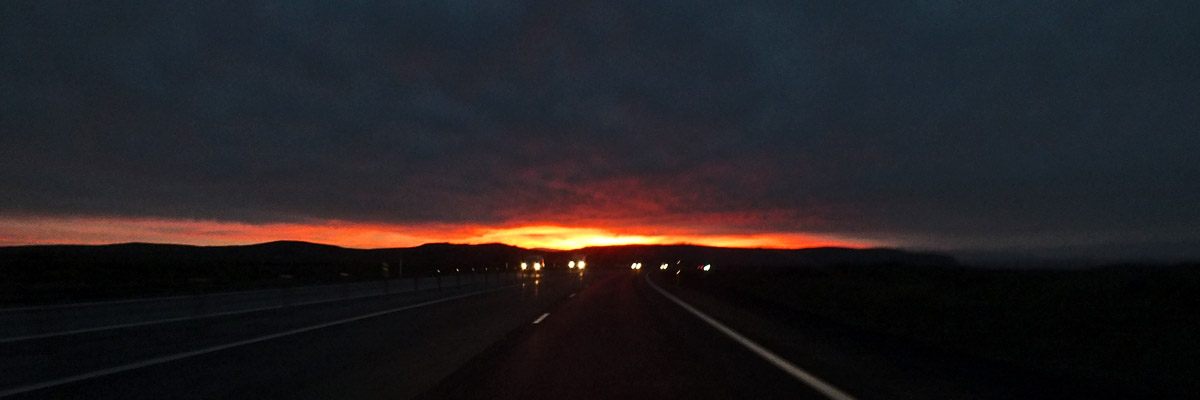 |
Red Sky At Morning
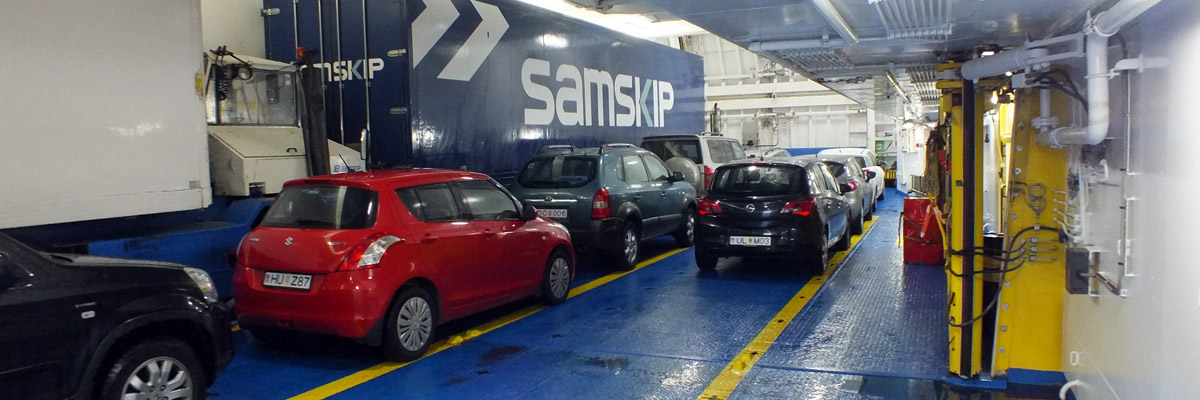 |
Aboard Herjólfur
 |
Herjólfur At Dock
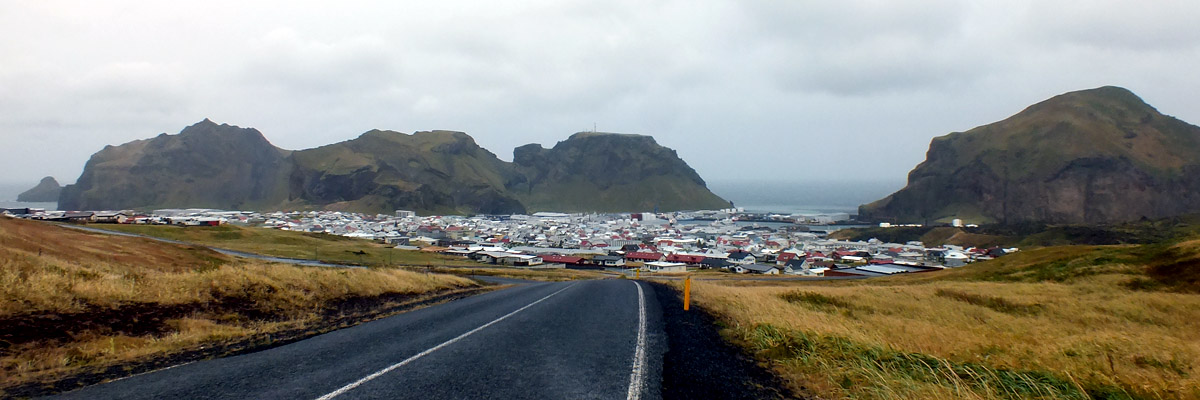 |
Heimaey
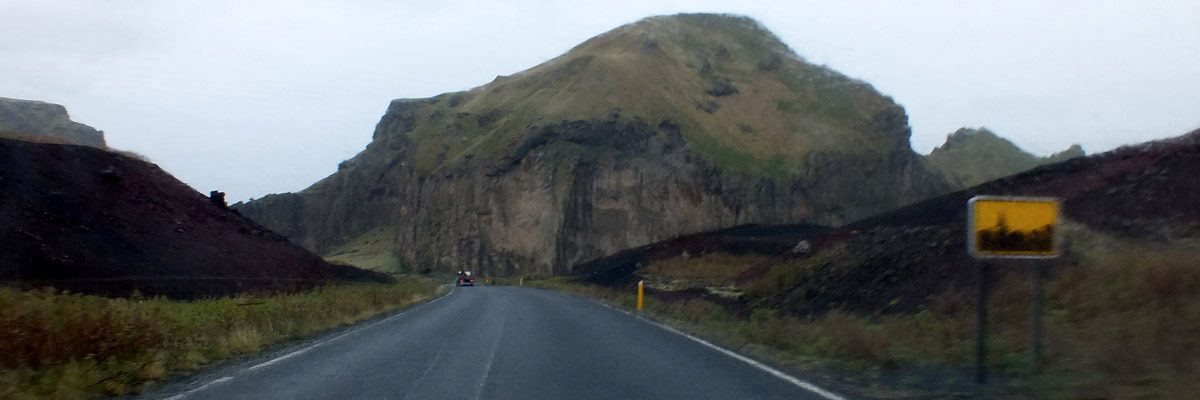 |
Heimaklettur
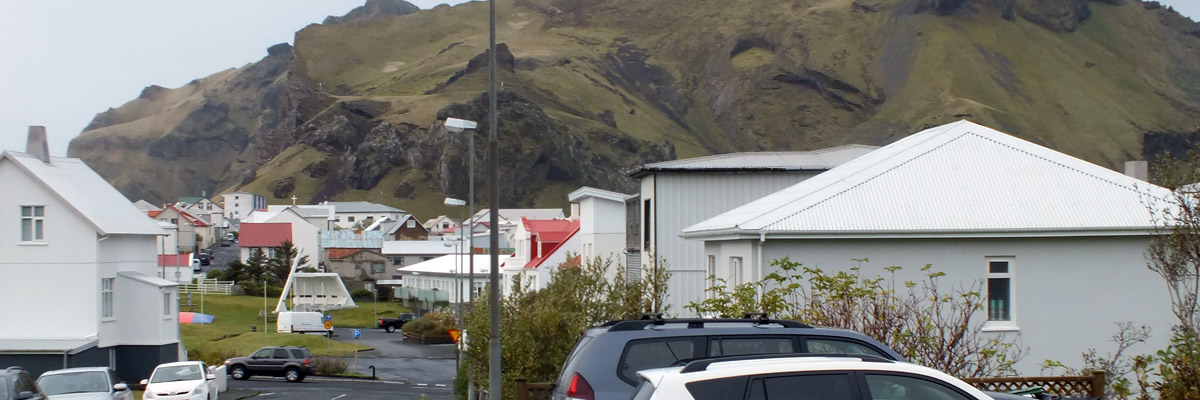 |
Heimaey
 |
Heimaey
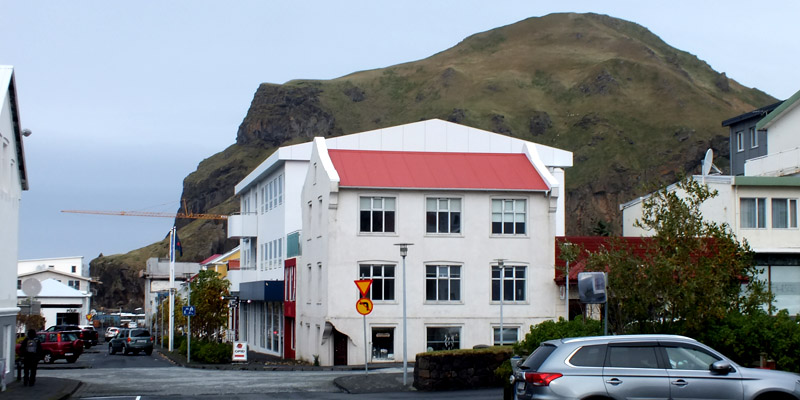 |
Heimaey
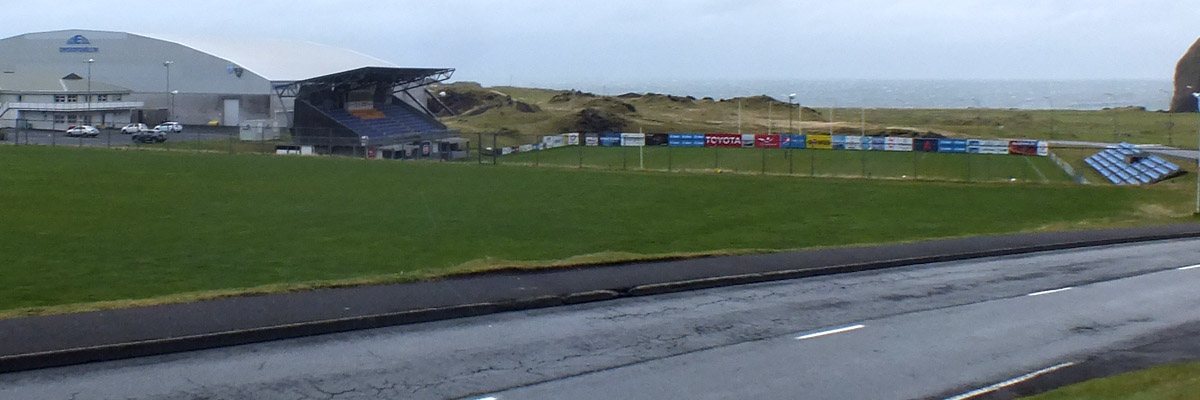 |
Footy Pitch
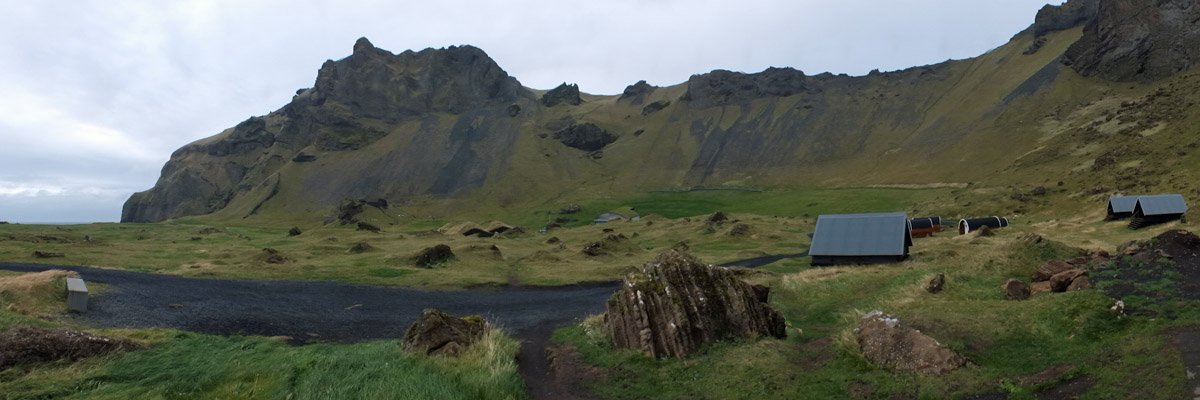 |
Campground In Herjólfsdalur
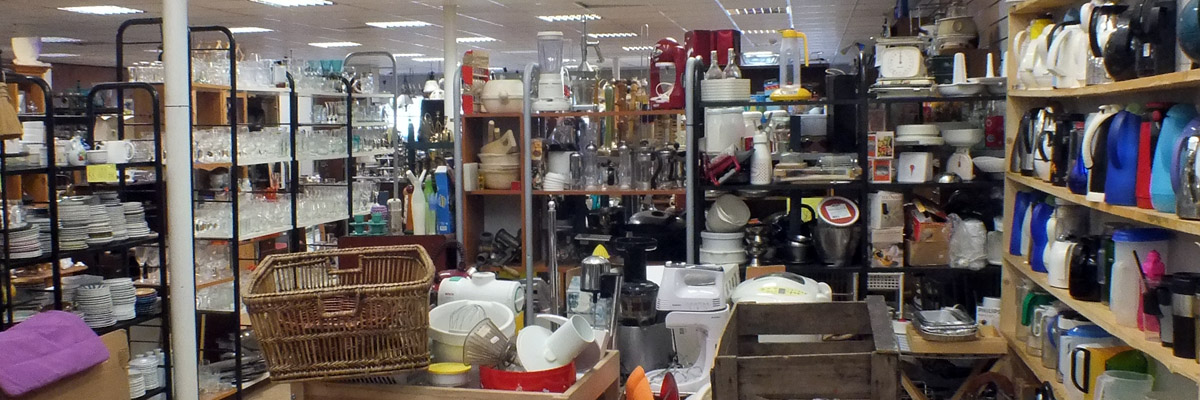 |
Second-Hand Shop
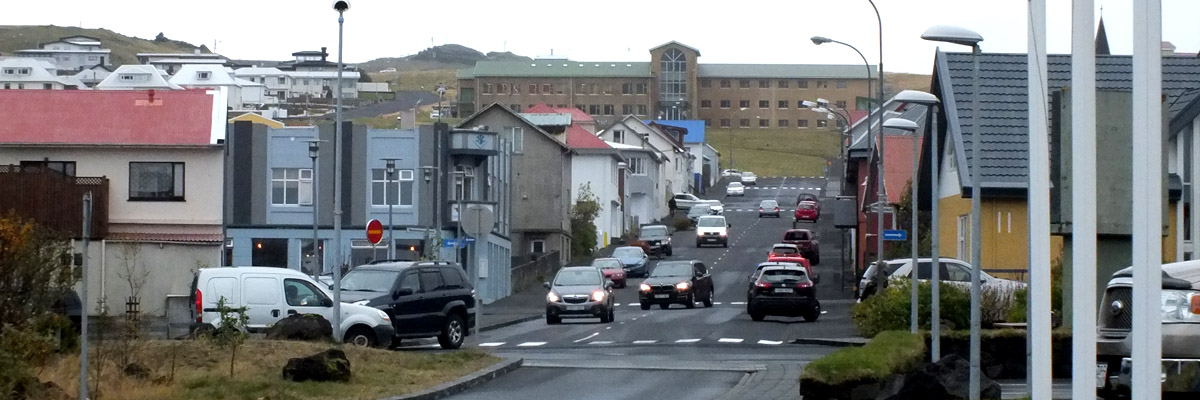 |
Heimaey
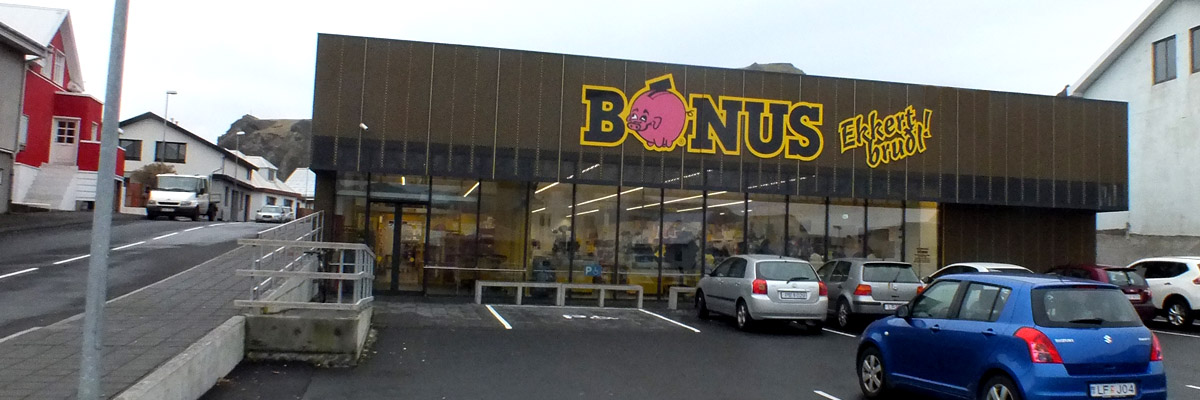 |
Bónus
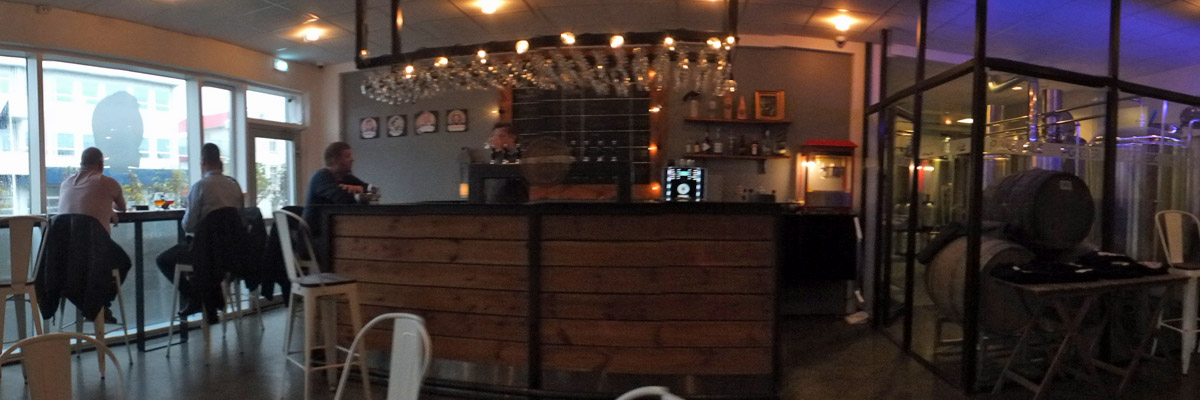 |
Brothers Brewery
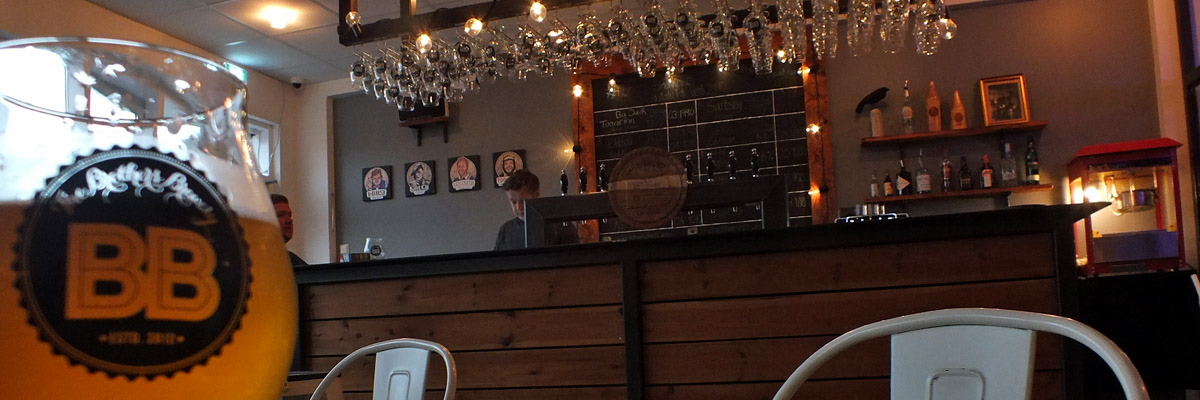 |
Brothers Brewery
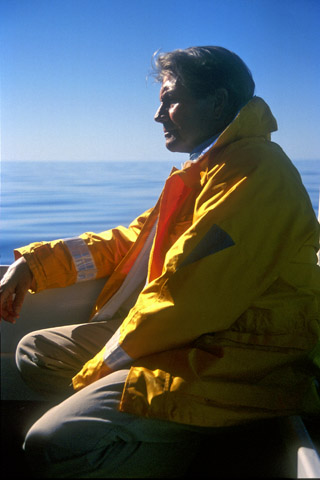 |
Tiff On The Gulf Of St Lawrence
From Reykjavík To Vestmannaeyjar
Next
| September | /October/ | November |
| S | M | T | W | T | F | S |
| 24 | 25 | 26 | 27 | 28 | 29 | 30 |
| 1 | 2 | 3 | 4 | 5 | 6 | 7 |
| 8 | 9 | 10 | 11 | 12 | 13 | 14 |
| 15 | 16 | 17 | 18 | 19 | 20 | 21 |
| 22 | 23 | 24 | 25 | 26 | 27 | 28 |
| 29 | 30 | 31 | 1 |
The North Atlantic Arc Home
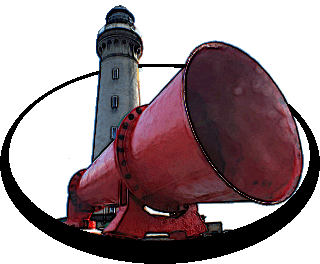
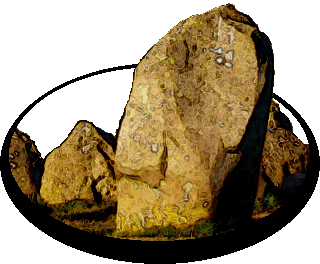
Mr Tattie Heid's Mileage
Results may vary